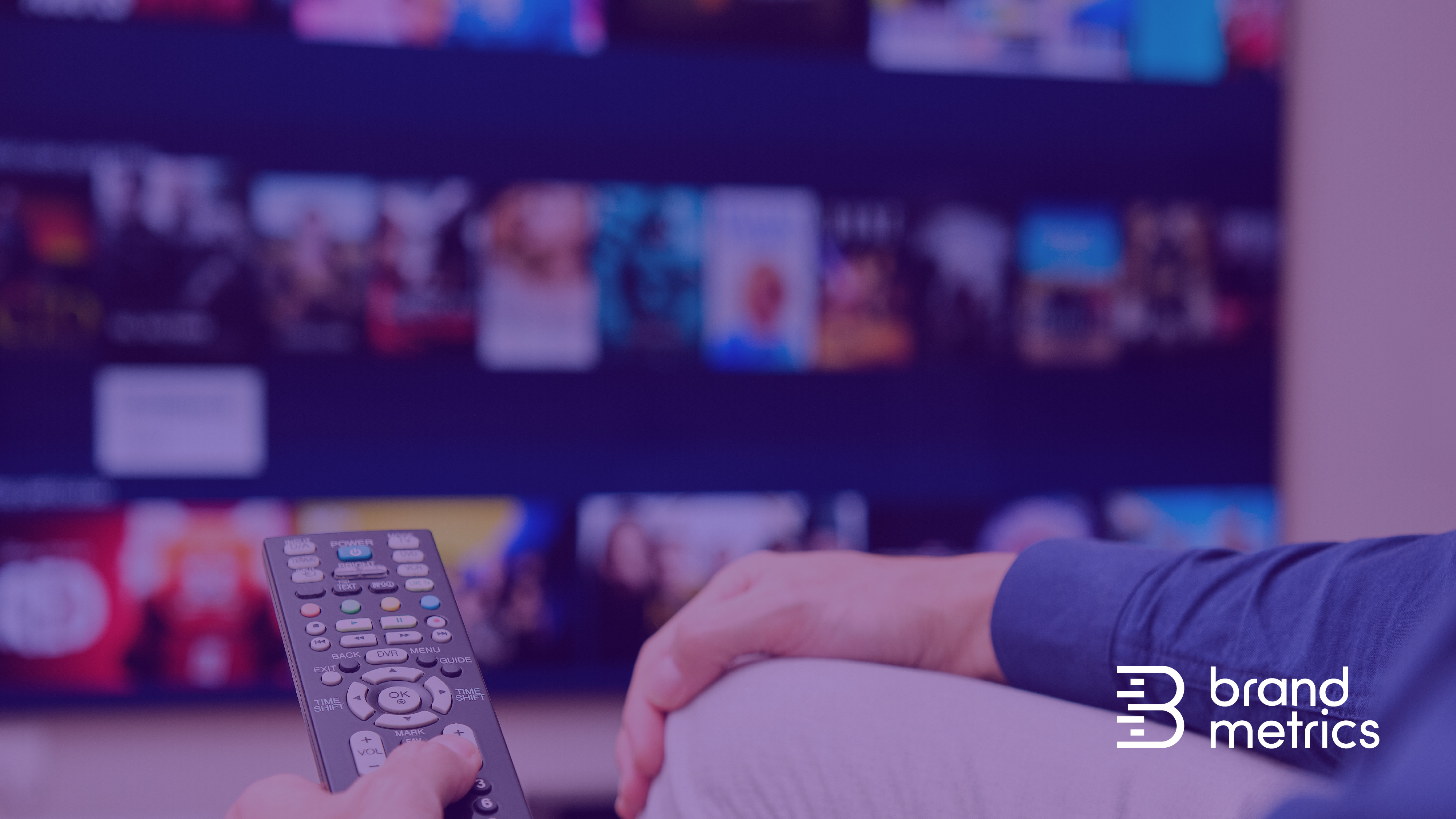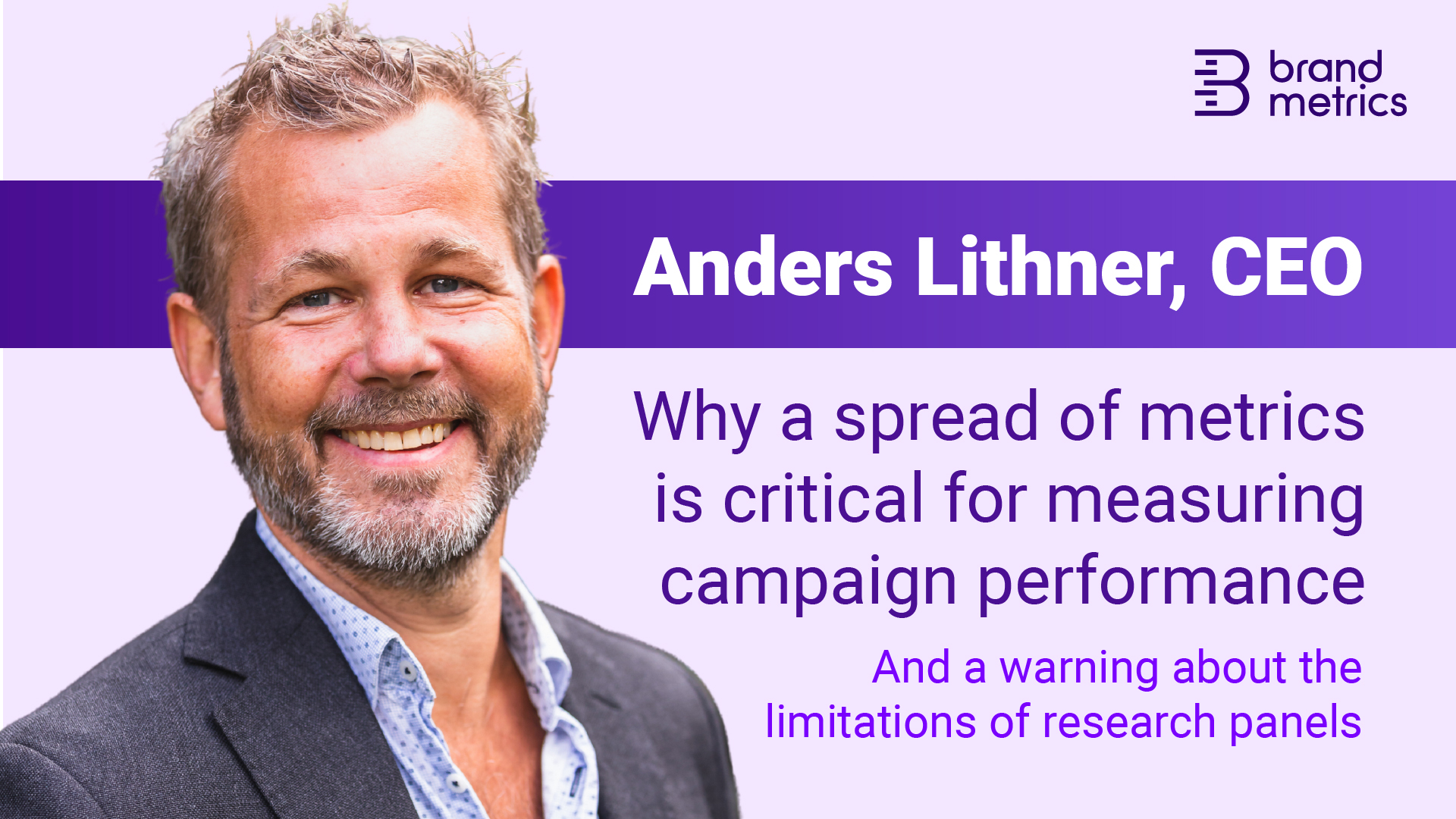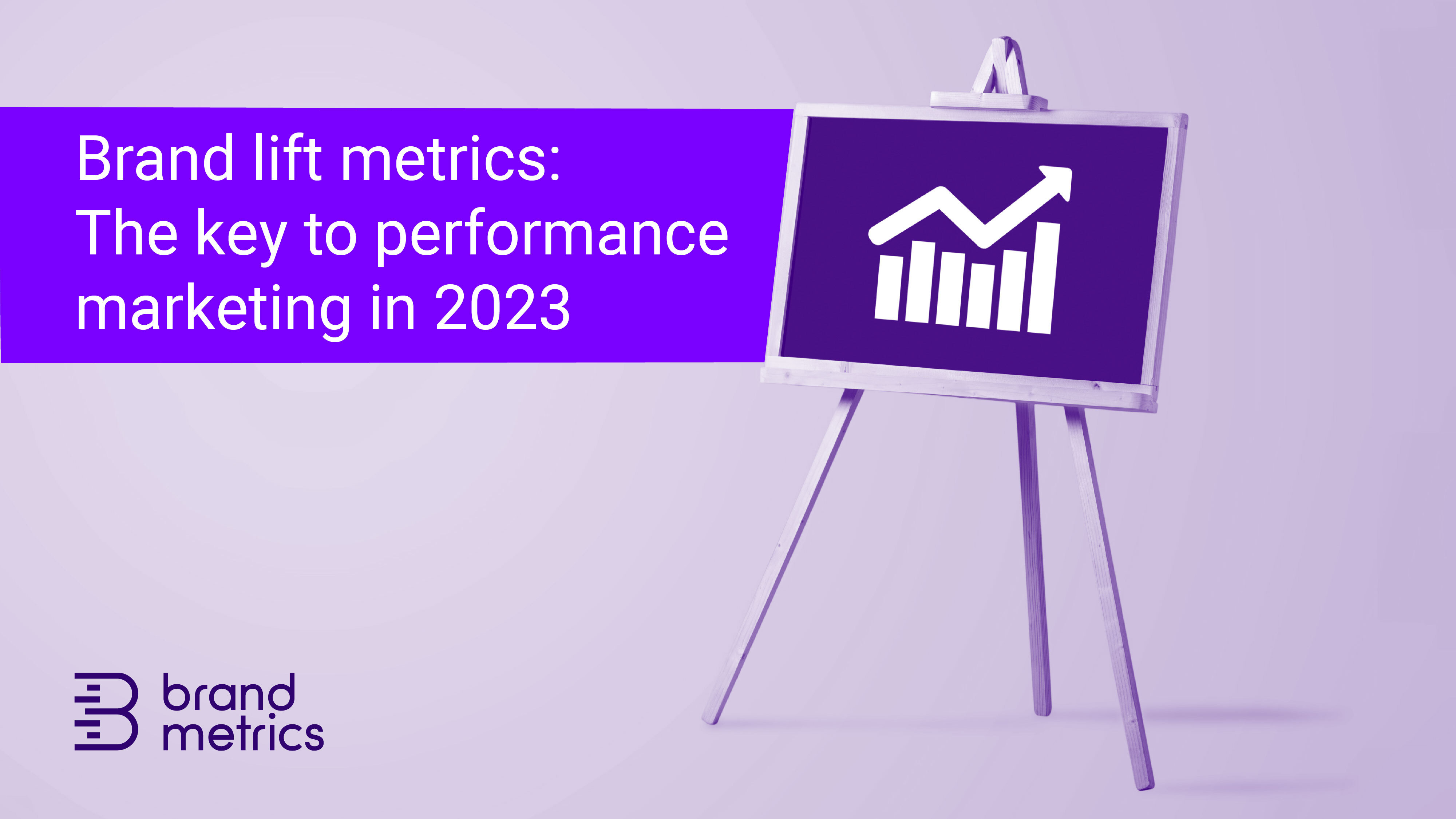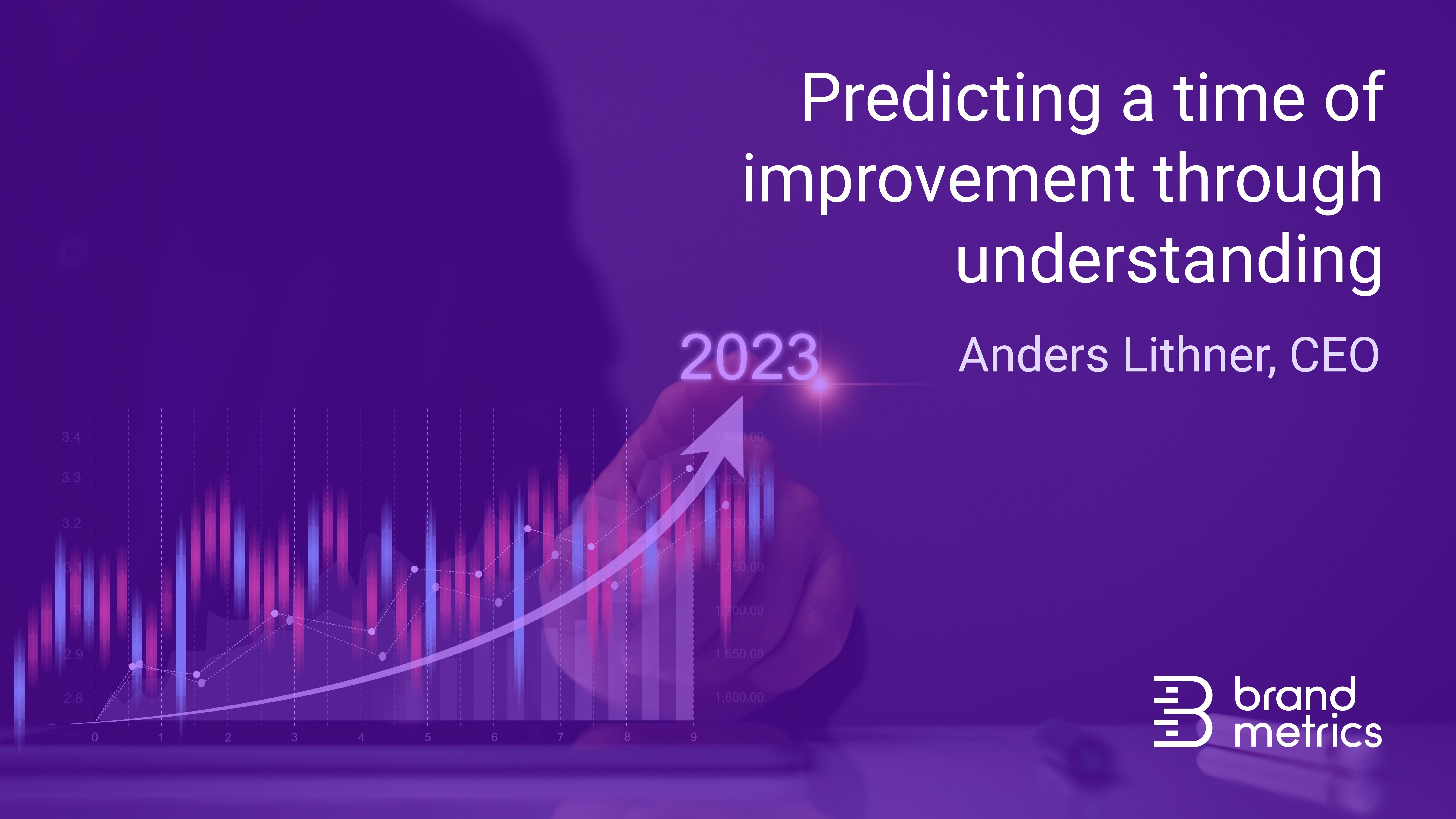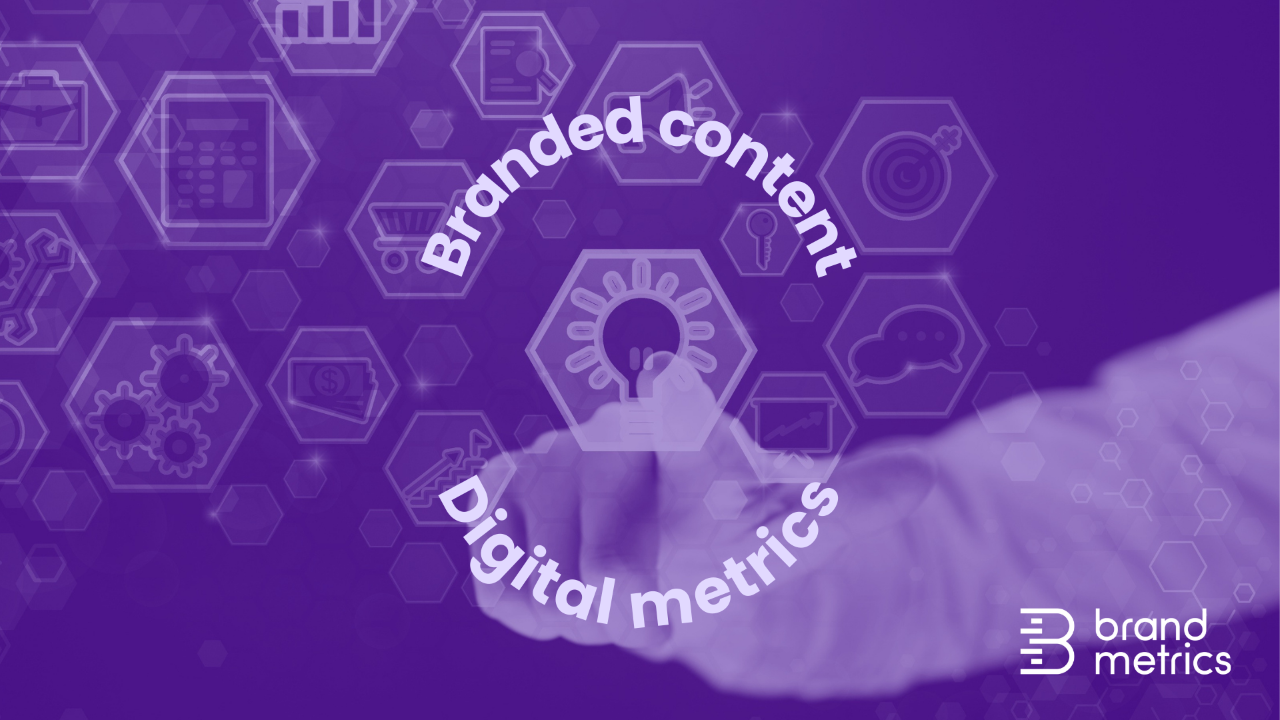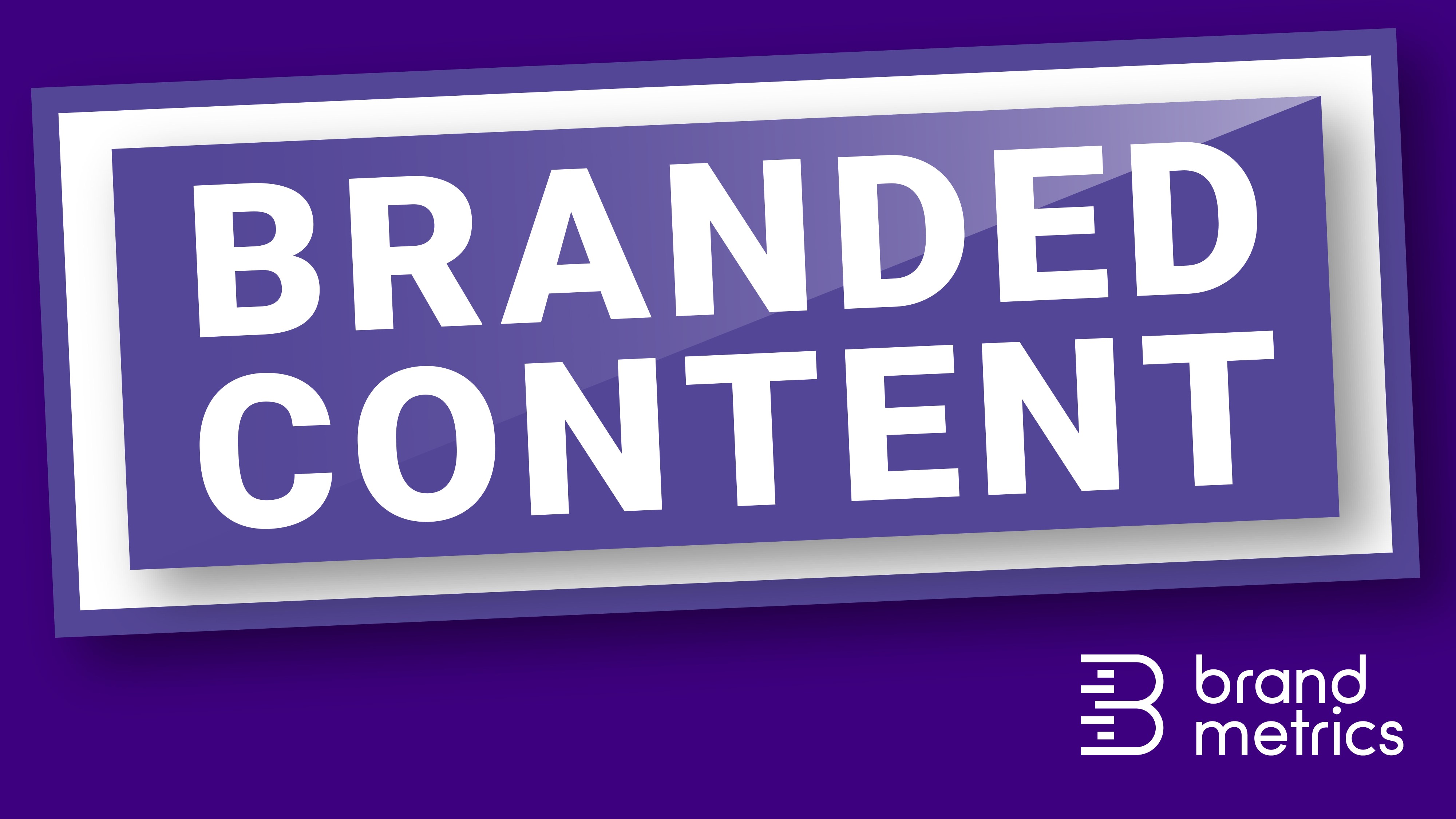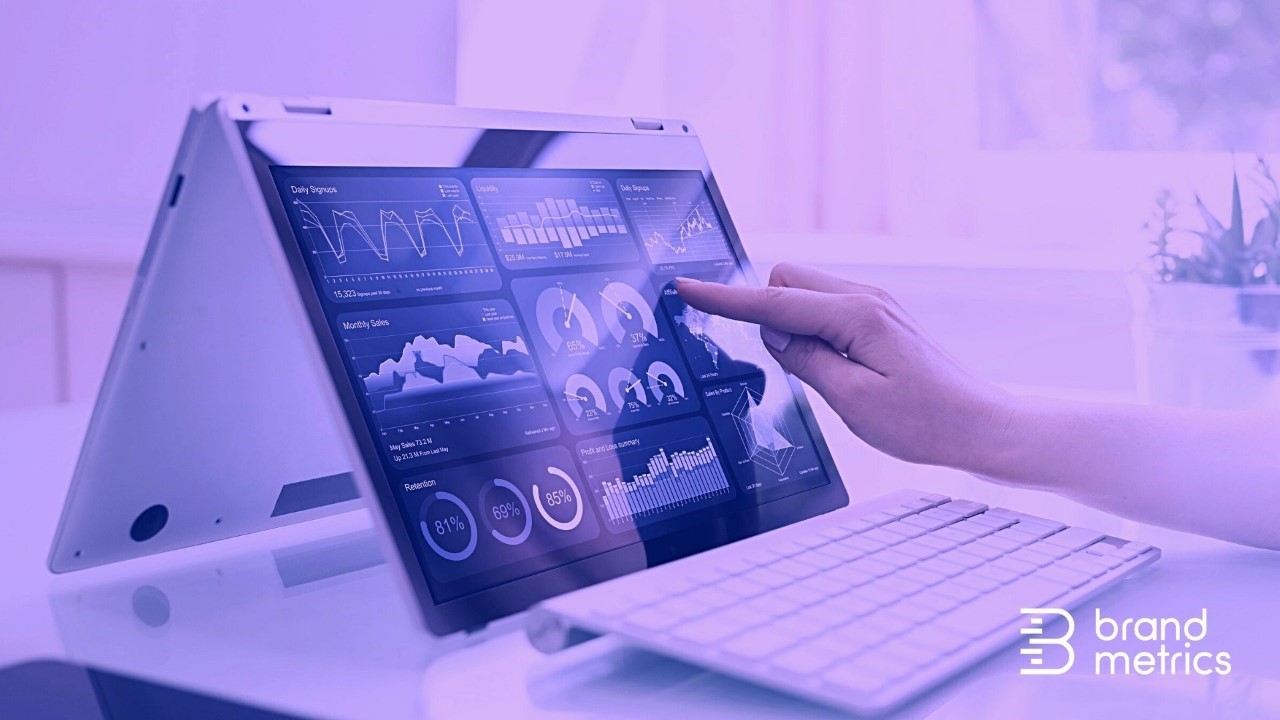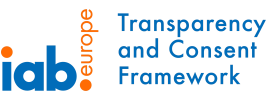What are the main benefits that regularly measuring brand lift provides to brands, to agencies and to publishers?

Kate Mezzanotte, Senior Director of Programmatic media, Jellyfish
We know there’s value in having a strong brand presence as this translates to an increased likelihood of customer interaction which ultimately leads to increased sales. We also know that measuring all types of effectiveness is key to informing our strategy and to achieving overall campaign goals.
For advertisers that do not have access to MMM or path to conversion reporting, brand lift could be doubly valuable.
Regarding publishers, if any of them told us they offered always-on brand lift measurement with no major cost associated, it would definitely be a big value add.
Damian Chandler, Head of Programmatic Advertising, Webrepublic
Turning marketing into business value is not only our mission - it is also what brands should look for in their reporting. Fundamentally, if you invest 100,000 in a campaign, what you get in return needs to go beyond just a series of numbers. First, we should be able to tell clients about any shift in attitude towards their brand. And if it’s an awareness campaign, awareness results are obviously what advertisers need back, not more direct response figures.
That’s where brand uplift comes in – with qualitative proof a campaign changed something in the audience’s mind.
Regarding publishers – for us, it will add a lot of additional insight to have brand uplift measurements across premium publishers. Personally, I’m convinced context has a big impact on campaigns – but so far, it’s mainly an assumption. That’s where wider brand lift reporting, across additional inventory could fill in the gaps.
If we had the possibility to show not just CPM, but also clear campaign impact – that would be so important for supporting our media plans, but also for publishers to justify their pricing in the market.
Jerry Daykin, Senior Media Director EMEA, GSK
If brand lift studies are only occasional, they’re an interesting read on if that specific campaign worked - a kind of microcosm snapshot. But even on an individual level, there are many factors at play, from creative to current brand status. From one study, you know if the campaign worked, but not why.
When you do lots of measurements, for the same brand over many campaigns in time, you get a much deeper understanding. You can then say with confidence that a campaign worked because of X, keep improving, or alternatively change course.
So regular brand lift measurement has major benefits from a test and learn perspective – but also, returning to Binet and Field again, as a form of ongoing brand tracking. With multiple studies, so you observe trends over time: the more you do, the more you learn. Whereas one brand lift study might equal a pat on back, but can be hard to repeat.
For premium publishers, brand lift is a good way of producing objective proof of more impactful environments, and thereby justifying higher CPMs.
The sad truth is that we have a digital ad marketplace that favours fleeting impressions and clickbait – which can in turn soak up budgets more effectively, at least on paper. Meanwhile, traditional publishers have struggled to compete, even as they invest in quality, long reads and quite simply the actual content people want to see.
But for sure, whenever we have been able to apply the research, we rapidly see the proof of value in premium. Brand lift is a good way of showing that to brands.
Caroline Franzén, Programmatic Lead, Precis Digital
We see a lot of benefits when it comes to brand lift studies. It gives us the possibility to measure the value of digital marketing that we can´t capture with attribution or other statistical modelling.
Brand lift studies give us the opportunity to measure the actual "lift", in other words, the value of branding campaigns. Since Precis has always been very data-driven and able to deliver very strong results for our clients, they expect the same outcome from all types of activities.
So brand lift studies are, as mentioned before, something that I think will be even more important for us going forward.
Martin Van Der Meij, Head of Digital, Wavemaker Netherlands
As mentioned – the impact of better benchmarks is not to be understated. Currently, these are not live, and by necessity based on smaller sample sizes.
Regular brand lift measurement also gives publishers more arguments to support investment with them – an alternative to the CTR stick buyers always beat them with – even if that focus will understandably never completely go away.
The main problem we have in the industry is the compulsion to follow blindly every big new feature that big tech offers. There is a huge number of different measures in digital, while TV still focuses on frequency, reach and price, which work pretty much as well. Back in digital, people go crazy about each new measure conjured up, without looking at the bigger picture.
One example: in video, we’re currently obsessed with completion rates, without having measures in place to check people are actually watching that video in the first place. If it’s playing on an inactive tab, or if someone’s listening to a YouTube playlist on their phone, there’s a strong chance they’re not watching it at all. In which case, completion rate sort of pales into insignificance, don’t you agree?

